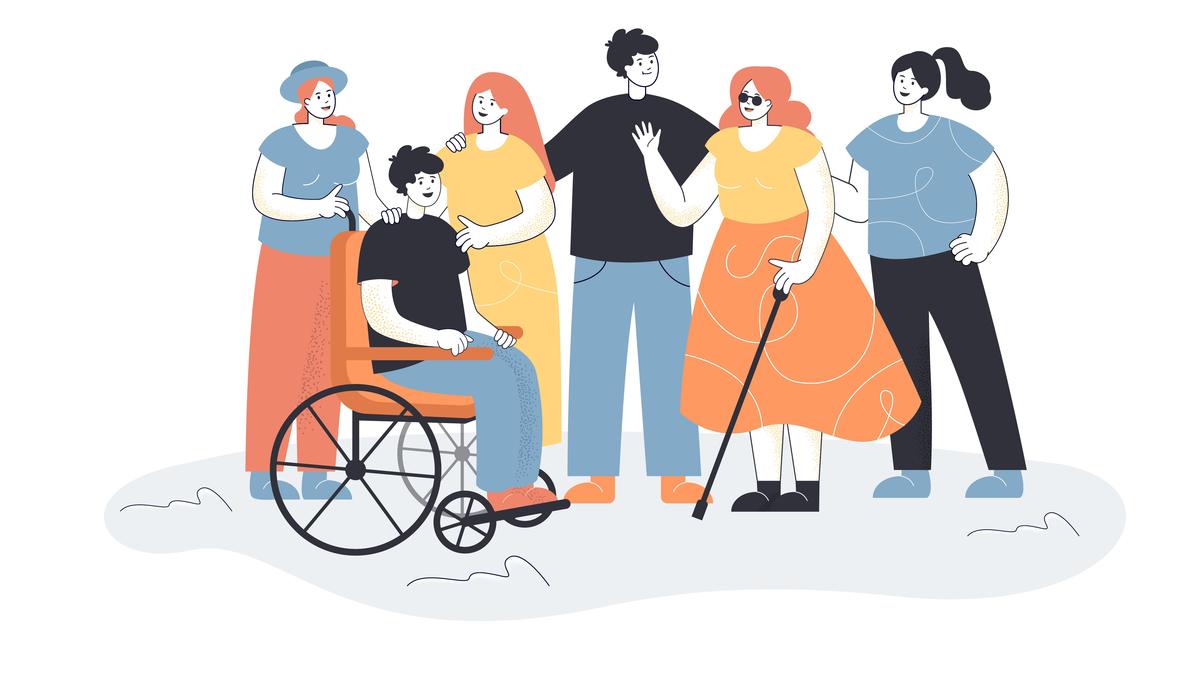At the Bengaluru Tech Summit last year, a group of Indian entrepreneurs showcased innovations that redefined the boundaries of inclusion. From AI-powered smart prosthetics and mobile apps that connect with glasses to make digital content more accessible to chatbots designed to support neurodivergent children, their creations were bold, empathetic, and deeply rooted in lived experience.
These technologies weren’t just for people with disabilities; they were created by and with them and were part of a broader global movement that centres disabled people as designers, leaders, and changemakers. This was disability innovation at its finest: a fusion of creativity and purpose that aligns new thinking and emerging technologies to build a more inclusive future.
Beyond tech
Disability innovation is not just about gadgets or apps; it is about justice. It is about disrupting entrenched systems and reimagining how we design, educate, and collaborate. To do this, we must embrace bold approaches, forge innovative partnerships, and build ecosystems that accelerate change.
At the heart of this movement is inclusive design, a practice that actively involves disabled people in the creation process. This ensures that solutions are relevant, empowering, and avoid reinforcing stereotypes or barriers. As new technologies emerge, it is more important than ever that diverse needs are considered. If developed inclusively, AI has the potential to transform the lives of persons with disabilities. If not, it will do the opposite. Open-source inclusive data matters, and now is the moment we must get it right.
What universal design entails
Inclusive design has evolved from the barrier-free architecture of the 1950s to thriving co-design education today. Universities around the world offer programmes that blend research, community collaboration, lab work, and policy discussions and teach students to listen first and design second. They gain a systems-based mindset, interdisciplinary collaboration skills, and the ability to solve complex problems. The biggest impact can be reached by having lived experience at every design stage.
Universal design makes streets, services and software friendlier for the widest range of people. Dropped kerbs, for instance, were originally designed for wheelchair users but now benefit parents with pushchairs, travellers with luggage, and delivery workers. Yet, inclusion doesn’t end there. For many, independence also depends on assistive technology (AT) — purpose-built tools that complement universal environments and meet specific needs, from communication devices to mobility and vision supports.
It helps to see these ideas as a continuum of inclusion. Inclusive design is the process: building with disabled people. Universal design is one outcome: mainstream environments usable by as many people as possible. AT is another complementary outcome: tailored products and services that provide the specific boost an individual needs to participate fully. When universal environments and AT work together, barriers fall faster.
Universal design sets the floor for participation; AT provides the lift. That’s why access to assistive products and services is not a niche issue — it is core to education, work and community life worldwide.
Challenges
Yet, despite the promise, access to AT remains a global challenge. The World Health Organization estimates that over a billion people currently need AT, but 90% do not have access. By 2050, that number will rise to two billion. The consequences are profound: children excluded from education, adults unable to work or participate in family life, and older people isolated from their communities. Women, in particular, face compounded barriers to independence and opportunity.
Research also shows that in low-and-middle-income countries, AT is often prohibitively expensive or simply unavailable due to market failure. That’s why embedding disability innovation into national policy landscapes is key: stimulating demand, launching country pilots, strengthening systems, and creating enabling market environments.
There is more. Disability innovation must also be taught. Emerging pioneers in this space must have a deep understanding of engineering, design and making, alongside advocacy and the societal context of disability. To develop meaningful solutions that change lives, we need new talent with interdisciplinary expertise in Disability, Design and Innovation.
By linking imagination with intention, we can forge a future that is not only more inclusive, but more innovative, just, and human. At some point in all our lives, we will need or take advantage of Assistive Technologies and Inclusive Design features. By designing well now, we are designing for a better future for all.
The writer is President and Provost, University College London.
Published – November 12, 2025 11:07 am IST
link

